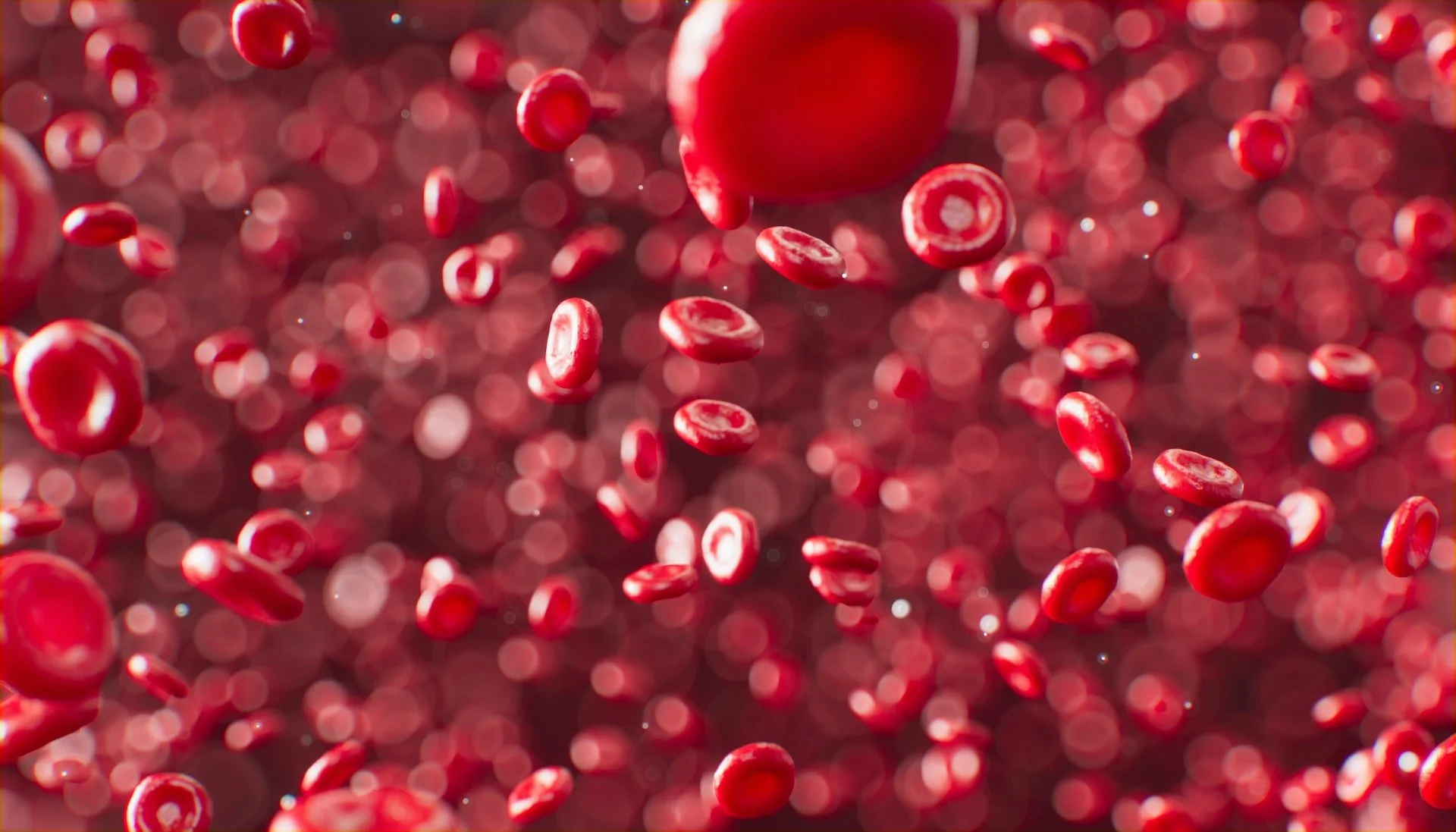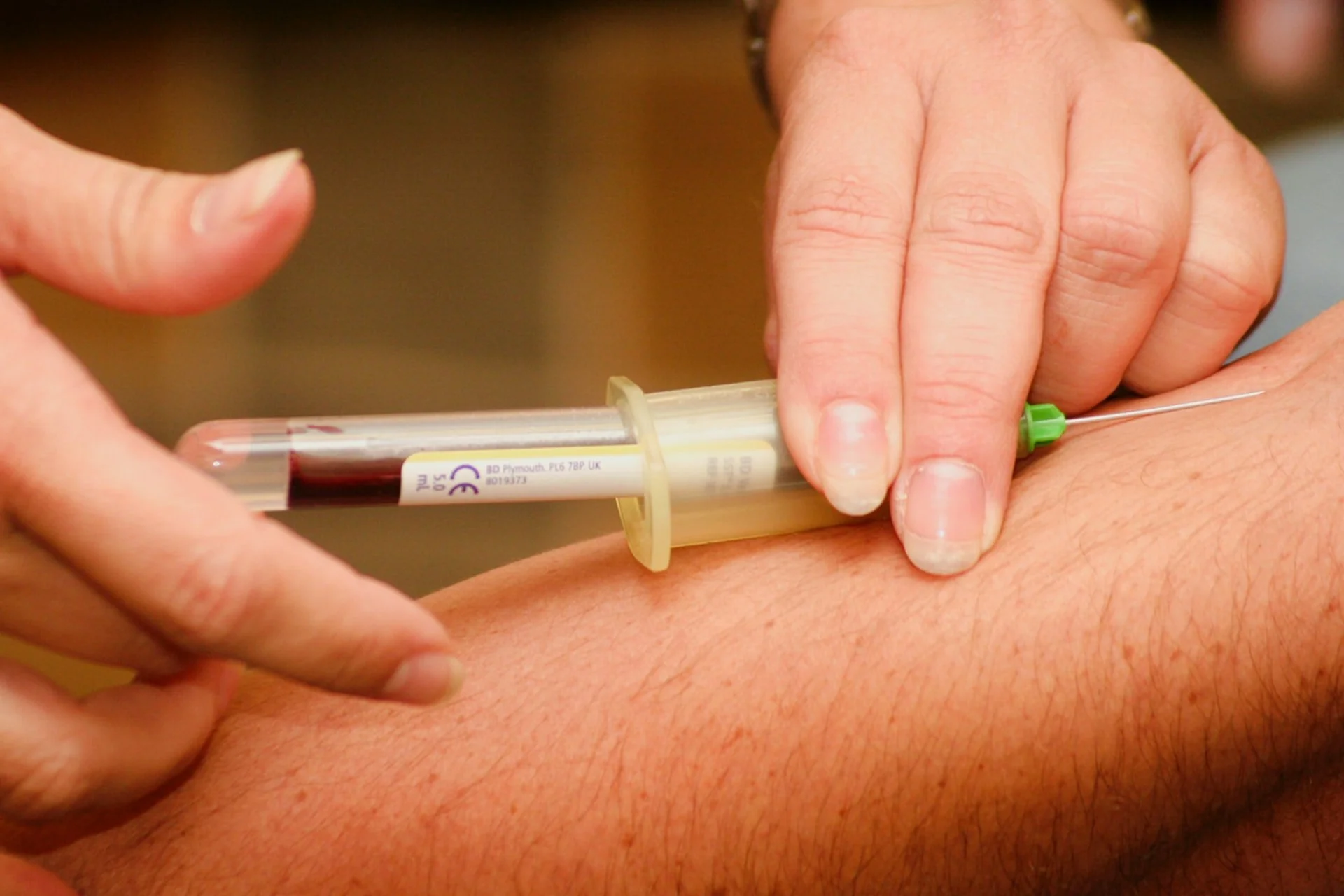Physician’s Guide: Types of Mesenchymal Stem Cells
Mesenchymal stem cells (MSCs) are a type of adult stem cell that can differentiate into various cell types such as bone, cartilage, adipose tissue, and reduce inflammation. There are several types of MSCs that have been identified, including:
Bone marrow-derived MSCs: These are the most extensively studied MSCs and are commonly used in therapy and in clinical trials. They are isolated from the bone marrow of adult donors.
Adipose tissue-derived MSCs: These MSCs are isolated from adipose (fat) tissue, which is a rich source of MSCs.
Umbilical cord-derived MSCs: These MSCs are isolated from the umbilical cord of neonates.
Placenta-derived MSCs: These MSCs are isolated from the placenta, which is a tissue that connects the developing fetus to the mother.
Dental pulp-derived MSCs: These MSCs are isolated from dental pulp, which is the soft tissue in the center of teeth.
Synovial fluid-derived MSCs: These MSCs are isolated from the synovial fluid, which is the fluid that lubricates the joints.
Amniotic fluid-derived MSCs: These MSCs are isolated from the amniotic fluid, which surrounds the developing fetus during pregnancy.
Source
MSCs exist dormant in many tissues described above as a pericyte, located on our smallest arteries called capillaries. They become activated MSCs, which are then used to help heal tissues when the body signals an injury or inflammation. Over time, as we age, these capillaries become less dense, thereby reducing our MSC population. In fact, because we are born with so many MSCs, the majority of them are gone by the time we are teenagers. The robustness of the cells also decrease with age.
Lifecycle
Activated MSCs survive for only 4-8 months. Once they are secreted from pericytes, they perform their functions for several months, then produce a molecule that the body’s immune system recognizes so it engulfs them to gently remove them. This is the central rationale to their therapeutic safety.
MSC robustness decreases over the body’s lifetime. This is determined by the rate at which the cells duplicate, called the doubling time. Once the MSC is released, it will replicate for a time, and the younger the individual, the higher the doubling time. For example, the doubling time for a fetus is 20-24 hours, meaning a complete double the amount of cells will take place in about a day. Whereas an adult will take 48 hours, and an elderly person above age 65 will take 60 hours. Since this is exponential growth, if a fetus was to start with 1 cell then at the end of 30 days it would have 1 billion cells. Compared to an adult, he would only have 32,000 cells, and the elderly person would only have 200 cells after 30 days.
This robustness is important because treatment effectiveness correlates with the better the doubling time.
Therapeutic Use
The source of these cells when used for therapy can be autologous (originating from the same person), such as from bone marrow or fat, or allogeneic (donated from another person), such as umbilical cord blood and tissue.
Because they have the ability to self-renew and differentiate into different types of cells that our body needs for repair, MSCs are the most commonly used type of stem cell in treating various conditions. They have been found to be the safest form of stem cells for medical use.



